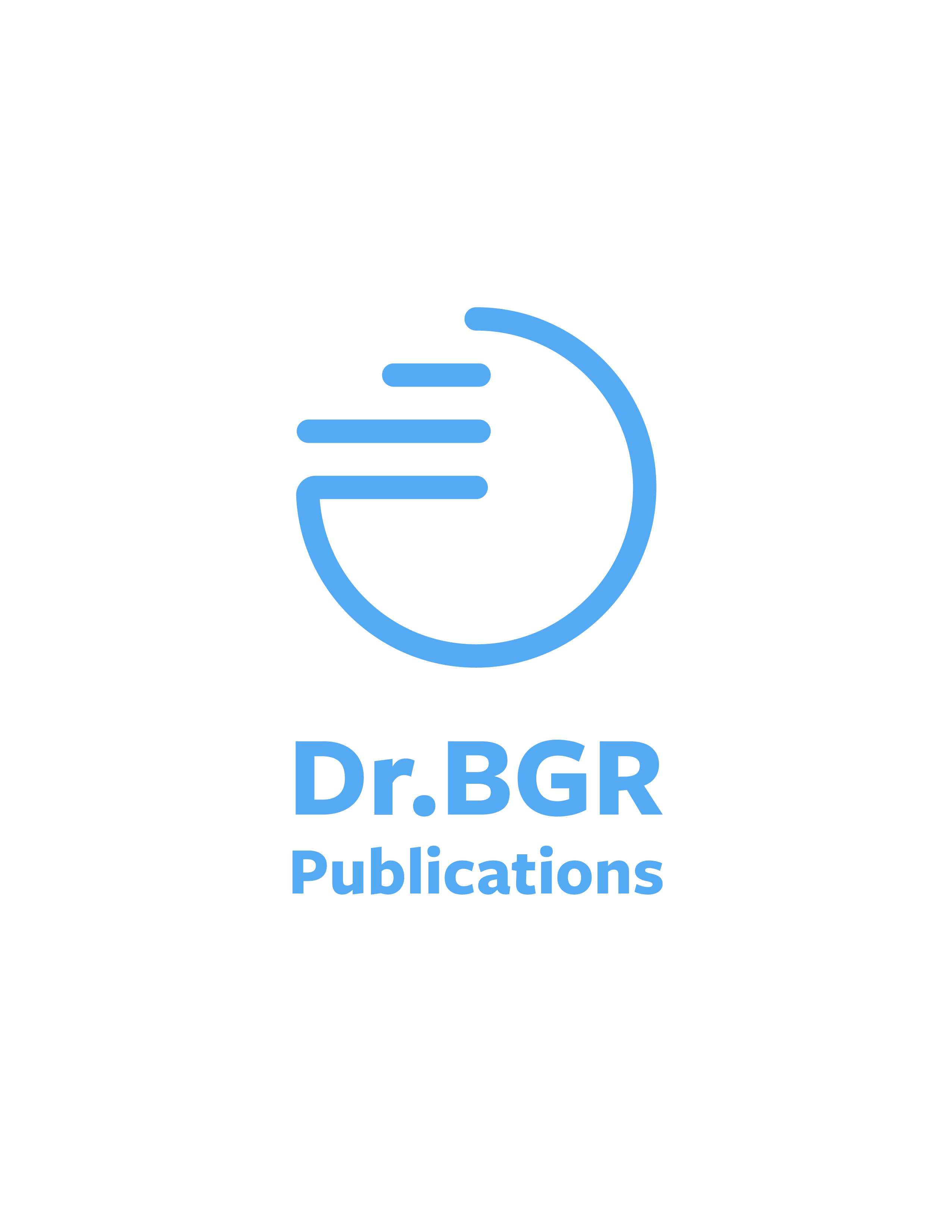Morphology of Withania somnifera (Distribution, Morphology, Phytosociology of Withania somnifera L. Dunal)
Title
Morphology of Withania somnifera (Distribution, Morphology, Phytosociology of Withania somnifera L. Dunal)
Authors
Naveen Gaurav et al.,
Keywords
Winter cherry| perennial plant
Publication Details
Vol: 1; Iss: 7; Dec-15 | ISSN: 2454-5422
Abstract
Withania somniferous (L.) Dunal (Family: Solanaceae, commonly known as Ashwagandha, English name: Winter cherry) is an important perennial plant species with immense therapeutic uses in traditional as well as modern system of medicine (Datta et al 2010). Due to restorative property of roots, the species is also known as ‘Winter cherry’ (Tripathi et al 1996; Andallu & Radhika 2000, Winters 2006). The Indian Himalayan region (BHR), one of the richest reservoirs of biological diversity in the world, is undergoing irrational extraction of wild, medicinal herbs, thus endangering many of its high value gene stock. Withonia somnifera L. (Dunal) is a member of solanaceae, also known for thousands of years by Ayurvedic practitioners. Withania somnifera root contains flavonoids, alkaloids, steroid and many active functional ingredients (Kumar et al 2015). Withania sominifera having small white flowers mainly in rainy and winter seasons that can be develop into fruit during the winter seasons. Plants products can be obtained from the roots, leaves, and branches, by using many different biological techniques. Withania which is also known as Ashwagandha having effective property can also used in blends and supplements which are designed to show many multiple effects. It is described as an herbal tonic and health food in Vedas and considered as ‘Indian Ginseng’ in traditional Indian system of medicine (Singh et al 2001).


